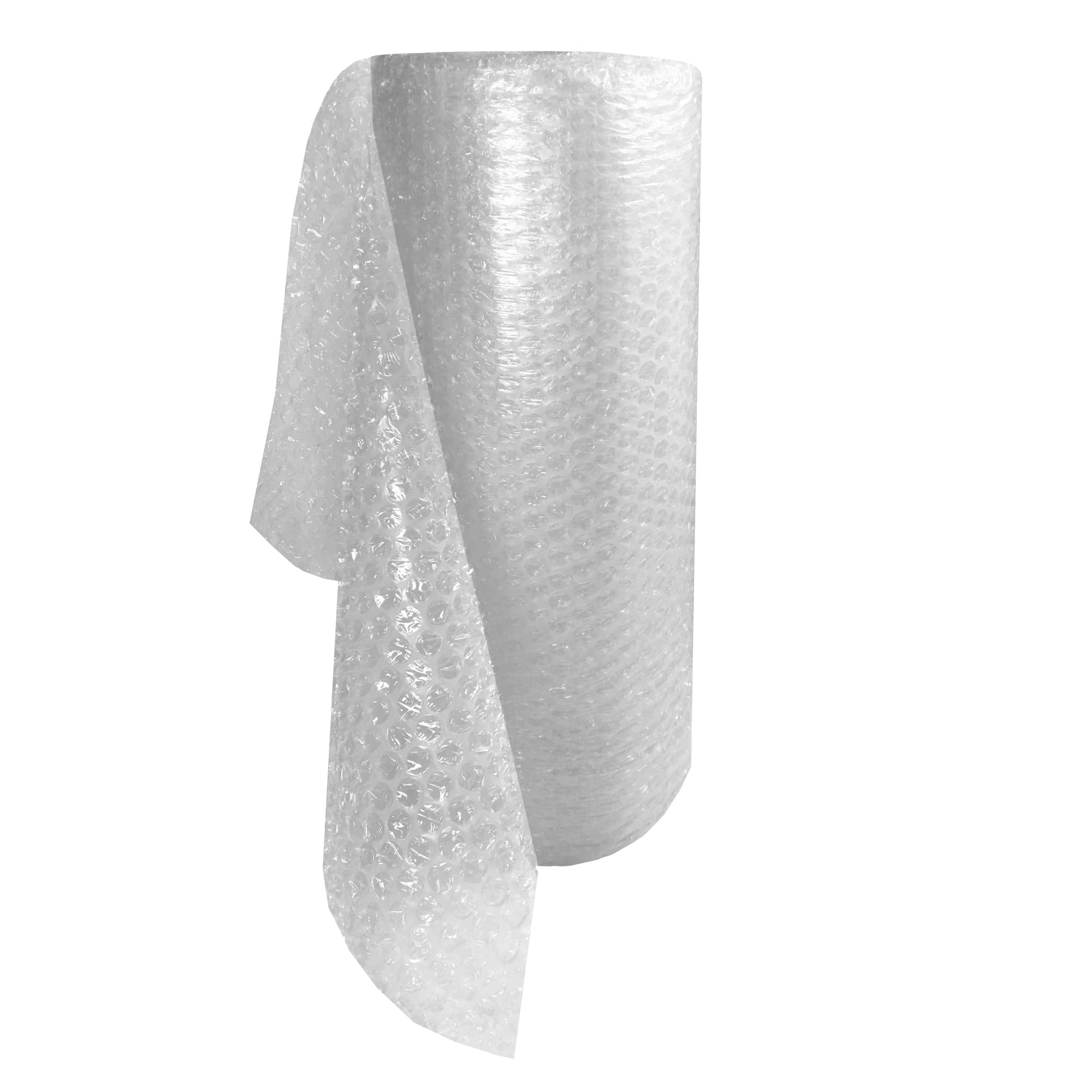Pro Packing Secrets: How to Pack Your Cardboard Boxes Like a Pro
Pro Packing Secrets: How to Pack Your Cardboard Boxes Like a Pro
Blog Article
pallet wrap can be a ubiquitous packaging materials renowned for its atmosphere-loaded wallets that provide shock reduction and security for delicate products during shipping and handling. Because its innovation, bubble wrap has revolutionized how goods are moved, making certain they reach their vacation spot unscathed.

History and Creation
Bubble wrap was conceived in 1957 by technical engineers Alfred Fielding and Marc Chavannes in an attempt to build a textured wallpapers. Even though their preliminary strategy had not been successful, they quickly realized that the item experienced excellent possible like a packing materials. By 1960, they founded Enclosed Air flow Business and began advertising and marketing bubble wrap primarily for packing, a goal that it has provided exceptionally well ever since.
Structure and Versions
Bubble wrap is generally made from polyethylene, a frequent and adaptable plastic material. The procedure consists of forming modest, regularly spread out air wallets between two layers of plastic material movie. Air pockets work as cushions, absorbing distress and safeguarding vulnerable things from damage. The actual size of the bubbles can differ, with small bubbles offering much more defense against minimal protrusions and bigger bubbles providing much better shock reduction for bulkier things.
A number of variants of bubble wrap exist to serve various needs:
Normal Bubble Wrap: The most frequent variety, used for general-function product packaging.
Contra --Fixed Bubble Wrap: Created for safeguarding electronic components, this version prevents fixed electrical power build-up that may harm sensitive electronic products.
Personal-Sticky Bubble Wrap: Comes with a tacky work surface that stays to itself without having extra tape, making it easier to place goods securely.
Eco Friendly Bubble Wrap: Produced from reused materials or made to be bio-degradable, this variant caters to eco-conscious customers.
Programs
Bubble wrap’s main use is in product packaging, in which it shields things like electronic devices, glassware, along with other vulnerable goods during shipping and delivery. Beyond packing, bubble wrap finds diversified programs:
Insulation: You can use it being a short-term efficiency substance for house windows and greenhouses due to the oxygen-packed pockets providing thermal opposition.
Tension Relief: The action of popping bubble wrap bubbles has developed into a well-known tension-relief action. The sensory practical experience along with the pleasure from the popping noise offers a momentary distraction and relaxing.
Crafts and DIY Tasks: Bubble wrap is usually found in a variety of crafts, delivering structure in paintings or serving as a fungus for making distinctive designs in pottery.
Ecological Factors
Even with its many utilizes, bubble wrap presents enviromentally friendly challenges. Like a plastic material merchandise, it contributes to the expanding difficulty of plastic waste. Efforts are simply being created to tackle these issues through the development of eco-warm and friendly alternatives, such as bio-degradable bubble wrap made out of vegetation-based resources or cover that may be easily recyclable.
Consumers and companies will also be asked to reuse bubble wrap whenever feasible. Reusing bubble wrap for multiple shipments or repurposing it for home use can help lessen its ecological footprint. Furthermore, proper removal and trying to recycle can mitigate several of the environmental effects.
Conclusion
Bubble wrap is becoming an vital portion of the shipping and delivery and wrapping industry due to the efficient safety features. From the roots as a was unsuccessful wallpaper idea to the existing status being a product packaging standard, bubble wrap has shown to be an adaptable and useful fabric. However, as ecological problems develop, it is crucial to find out and support a lot more environmentally friendly alternatives and methods to ensure that bubble wrap remains a helpful yet environmentally liable product or service. Report this page